Report this entry
More from the same community-collection
CHS Band and Athletic Mementos - El Paso, Texas
Cathedral High School Band and Athletic mementos. 2017
World War II Memorial - El Paso, Texas
The Greatest Generation During this exhibit, discover the ...
Brother Amedy Long - El Paso, Texas
Brother Amedy Long (1914-1984) Brother Cecilian Amedy (Joseph ...
William H. Fryer - El Paso, Texas
William H. Fryer, AFSC (Affiliated Member of the Brother of the ...
Priest Breviary and Alb - El Paso, Texas
Priest Breviary, 1930s and Alb worn during the Cristero War when ...
Bishop Anthony Schuler’s Vestments - El Paso, Texas
Bishop Anthony Schuler’s Vestments (chasuble, mitre, cincture, ...
First Steps Exhibit Ceremony - 2017 - El Paso, Texas
First Steps Exhibit Ribbon Cutting Ceremony - 2017 - El Paso, ...
Chalk the block 2017 in El Paso
Joshua Elias (me) and my girlfriend Helen, downtown during chalk ...
2017 Junior League Christmas Fair - El Paso, Texas
Pictures at the 2017 Junior League Christmas Fair held on ...
El Paso Police Motorcycle Section, 1917
left to right: E.M. Wilson, M.F. Sherrer, Gus Yarbro, Tom ...
Podium Finish brings BMC Switzerland to El Paso
We are so proud to bring this world class brand to the Sun City ...
1950's El Paso Post Card El Paso, Texas
Walk into history! You are welcome to stand among the words "El ...
Hands on Activity Trunk El Paso, Texas
This trunk and items in it represent what people could bring ...
Hands on Activity Trunk El Paso, Texas
This trunk and items in it represent what people could bring ...











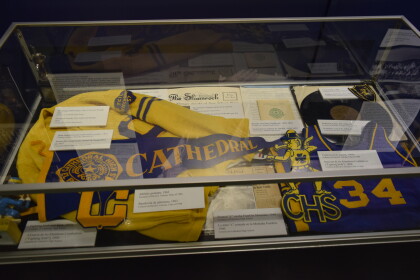
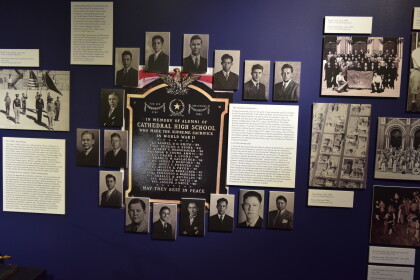
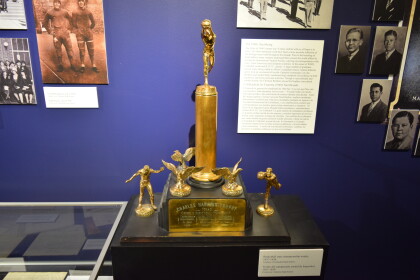
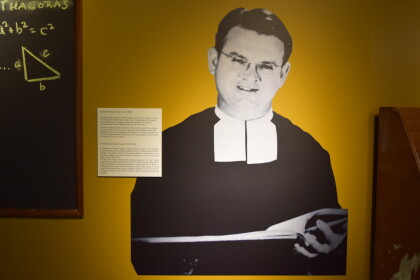
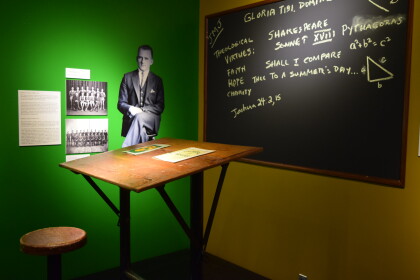
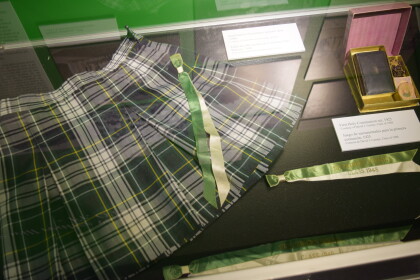
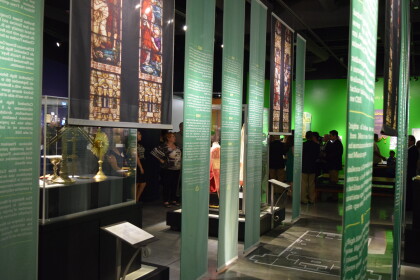
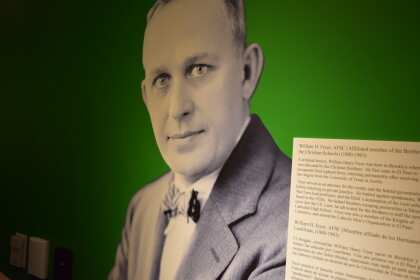
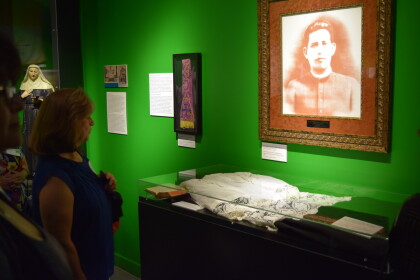
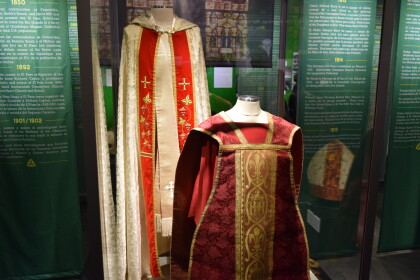
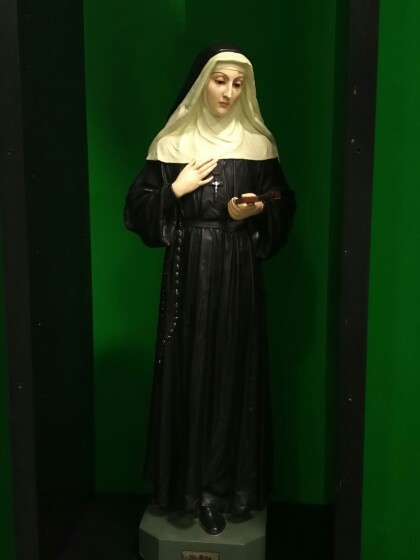
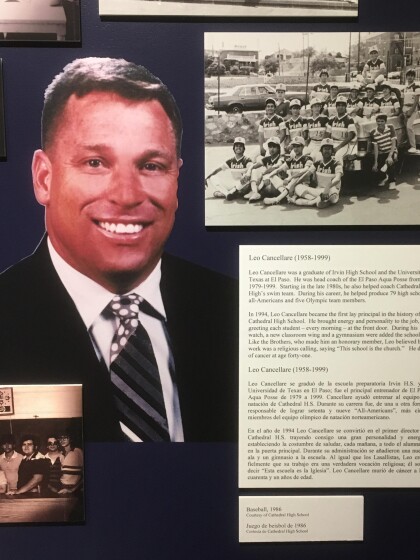
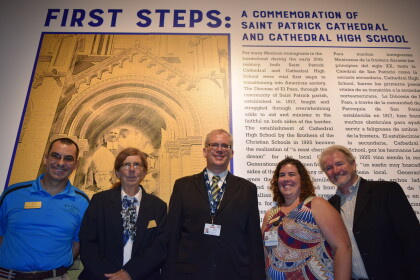
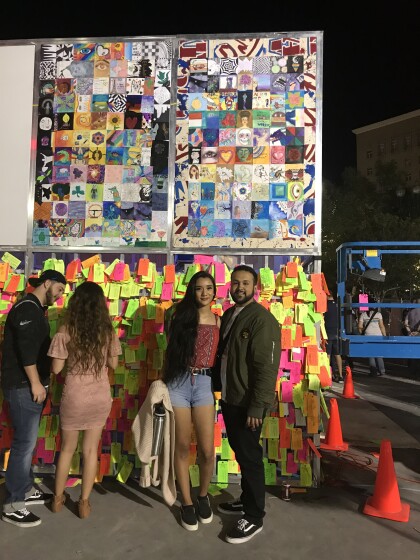
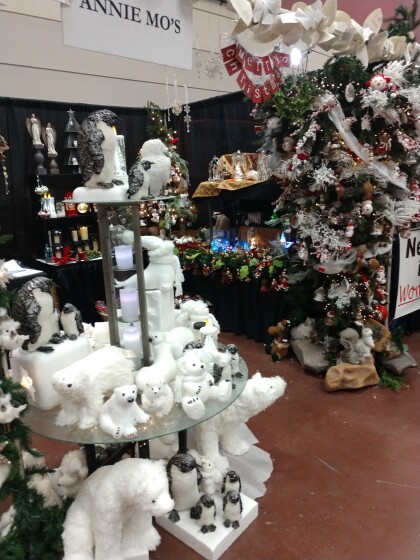



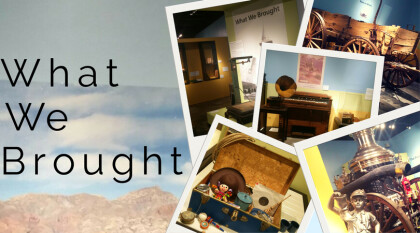
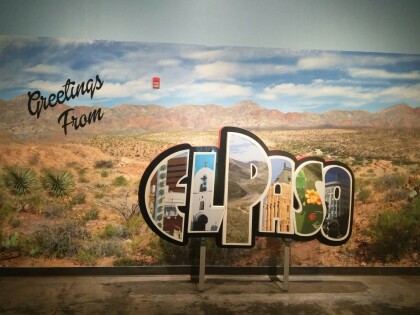
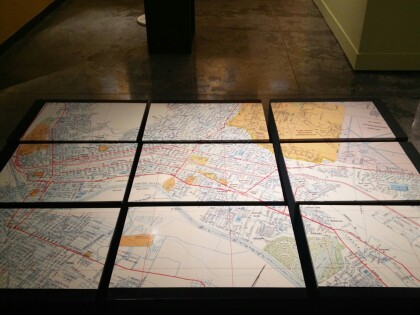
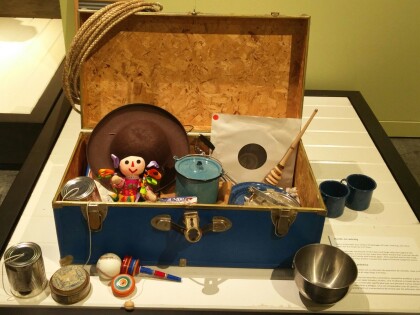
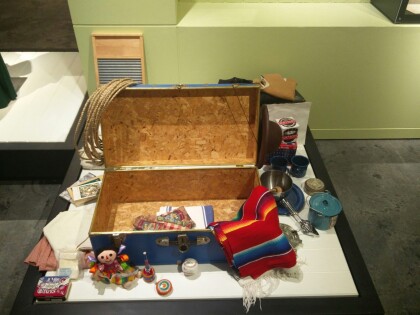
Comments
Add a comment